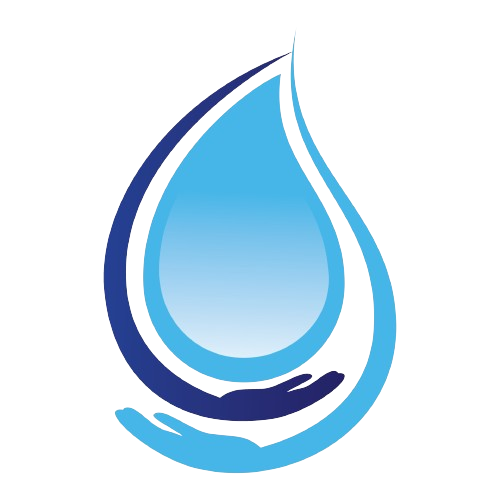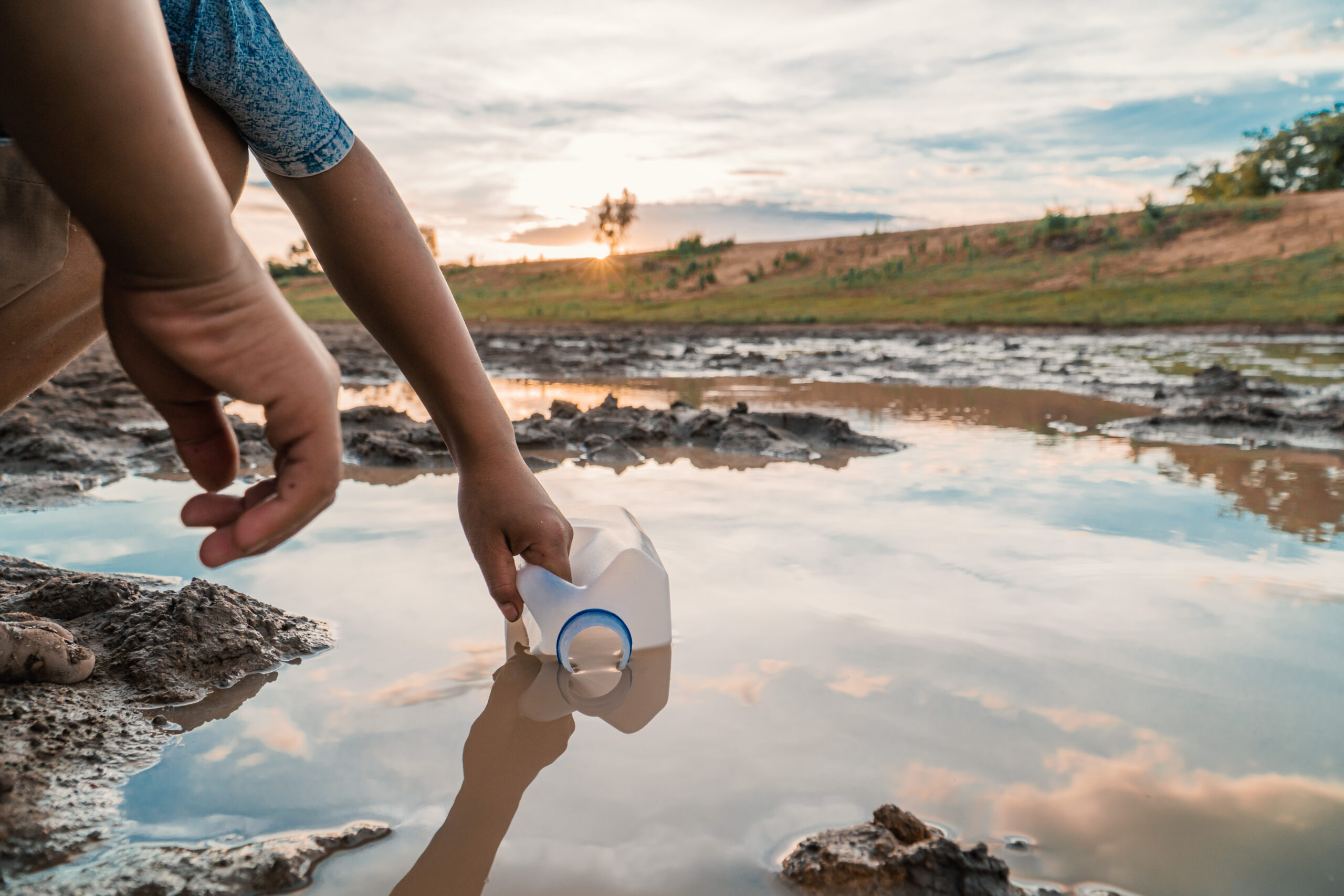How Water Wastes And Its Impact On Water Supply Lines
Water wastage is on the rise as the current global demand for water rises, yet the new supply of fresh water has been shrinking. Scarcity, ineffective utilization, or mishandling of fresh water shall pose a devastating impact on water supply lines, infrastructure, and the environment. Understanding the reasons behind water wastage is a stepping stone to working on policies in order to keep this vital resource in check.
Reasons For Water Wastage
Water wastage can happen in so many ways, both at an individual level and a systemic level. Some of the common causes include:
1. Leaking Pipes And Fixtures: Leaking pipes and fixtures are major sources of water wastage. Most cities with old infrastructure result in massive water losses before the water even gets to the end user. The United States Environmental Protection Agency (EPA) says that household leaks account for almost 10,000 gallons of water wasted every year in each home; citywide, it measures in the millions of lost water per day.
2. Inefficient Irrigational Practices: Agriculture uses, by estimation, about 70% of the world’s water, but most of this water is lost through inefficient irrigation. Water, when far too excessive in irrigation, done through an archaic irrigation system, or at an inappropriate time of the day, leads to running-off, evaporation, and loss of water, all of which are not consequential to the nourishment of the crops. This is one of the inefficiencies that reduce water resources even further, hence affecting agricultural productivity.
3. Overconsumption In Households: Household water wastage is another major problem. Overuse can become so high cumulatively due to common practices like running of taps while brushing teeth, long showers, and even old and inefficient appliances. Most people are ignorant of the amount of water they waste daily in their activities, and this has led to unnecessary pressure on water supply systems.
4. Industrial Mismanagement: Water loss is also common in most industries due to mismanagement and outdated processes. Factories and plants consume most water in processes involving cooling, cleaning, and manufacturing, which results in a loss of precious water resources. Besides, the problem manifests itself even more through the lack of proper recycling or reusing water from such processes.
5. Uncontrolled Urban Runoff: Cities generally suffer from huge losses in terms of water wastage due to uncontrolled runoff. The rainwater running over impermeable surfaces such as roadways and parking lots can carry along with itself some pollutants, finally reaching storm drains and rivers and thereby wasting some potential water supplies besides polluting water bodies. This arises as a result of poor urban planning and the non-availability of green infrastructure.
Impact Of Water Wastage On Water Supply Lines
Water wastage has far reaching impacts on water supply lines and infrastructure. These impacts may result in both short- and long-run problems:
1. More Infrastructure Stress: Water supply lines are designed to meet the demand of the population they will serve. If water is wasted, there will be more demand in total on the system, which in turn adds to the stress on pipes, pumps, and treatment facilities. This is what creates additional pressure that can make them wear out faster and increase instances of breakdowns, leakage, and expensive repairs.
2. Depletion Of Water Resources: Unnecessary and excessive wastage of water depletes the natural water resources—rivers, lakes, and aquifers. This depletion duly depletes the availability of fresh water when needed for essential uses like drinking, agriculture, and industry. Wastage is a cause that aggravates such situations, making it harder to keep up a large supply network to quench the needs of the population.
3. More Energy Consumption: Extensive energy is consumed in water supply systems for the purposes of pumping, treatment, and distribution of water. As pointed out before, wasting water has required increased supplies to maintain water service with major consequences in terms of water utilities’ carbon footprint and operating costs. This results in a loss for consumers and the environment.
4. Water Contamination And Quality: Wastage of water in any form could further lead to contamination and quality issues within the supply lines. For instance, every time a leak in the pipeline occurs, there is an entry of contamination which might result in health risks for the consumers. Or further, a water station could lead to bacterial breeding, as well as water-quality reduction, in stagnant water or in pipes that are either overused or poorly maintained.
5. Economic Costs: The economic costs of wasting water are significant. Towns have to spend on mending, upgrading, and increasing water treatment to handle the implication of wastages. The burden often lands on consumers through hiked water rates and taxes. Further, industries that end up wasting water may have higher costs of operation and reduced profitability resulting from inefficiencies.
6. Environmental Degradation: Wastage of water is a route toward trashing environments by decreasing water flows in natural ecosystems. It can cause river and wetland deselection, loss of biodiversity, and disruption of aquatic habitat. The far-reaching consequences of water wastage on the environment are critical, raising havoc not only on water supply lines but the overall health of the planet.
Water wastage not only drastically weakens the channels of water supply, but also incrementally hits on the holistic perspective of life—environment, economy, and human health. The solution to such a problem lies in integrating technological innovation with public awareness and policy changes towards efficiency and sustainable use of water resources.water scarcity in these projects.

